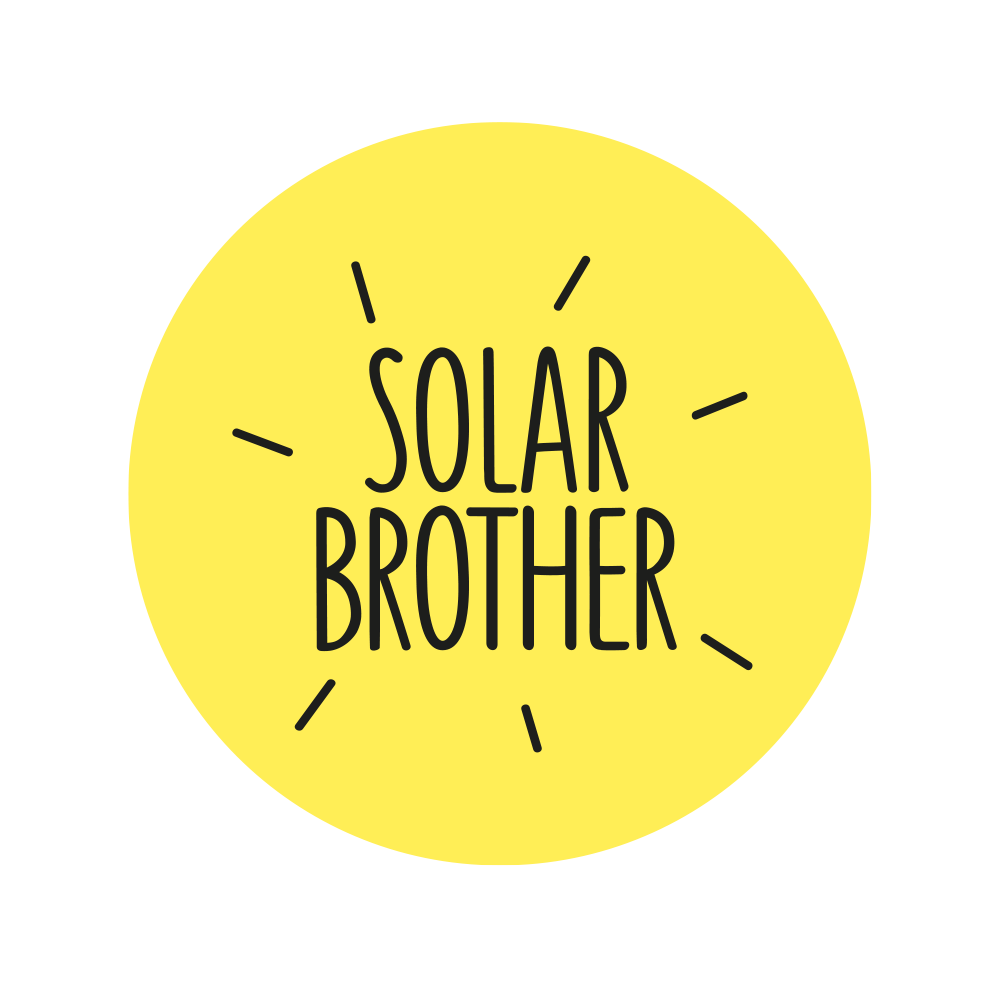News
Alternative, ecological and economical cooking for light housing
Lightweight housing, best known for the development of tiny houses, is gaining in popularity for its minimalist, economical and ecological approach. Lightweight habitats are often mobile, offering a small but comfortable and functional living space in a natural setting. Living in a light habitat automatically leads to abandoning the superfluous and going back to basics, living with as little as possible and as much as possible outside. In this article, we’ll see that all types of light habitat offer numerous alternatives for cooking simply using the resources on hand: no fossil fuels, all year round, free of charge.
The different types of light habitat
Tiny houses, comfortable little homes on wheels built from eco-friendly materials, have popularized the concept of lightweight living. Yurts have also become popular, thanks in particular to the development of eco-tourism. These round, modular dwellings of Mongolian origin are made from natural materials such as wood and canvas. The use of ecological and/or low-tech materials is a constant in the construction of this type of home. Light housing comes in many other forms: converted caravans, wooden cabins, garden studios, straw houses.
The advantages of lightweight housing
One of the main advantages is reduced construction and maintenance costs. The materials used are often more affordable than those for a traditional house, and self-build is easier to achieve. These homes offer greater design freedom, and can be easily adapted to each owner’s needs over time. Their small size not only saves on heating and electricity costs, but also preserves the surrounding natural environment. Some types of light habitat are mobile, so you can change where you live as you please. These homes encourage the use of renewable energy sources.

Solar cooking, 100% free cooking
Solar cooking uses a source of energy that’s abundantly available in some regions and free all over the world, so you can save energy all year round. In fact, the solar cooker works just as well in summer as in winter, whenever there’s enough sun. With solar cooking, temperatures of 240°C can be reached, just like with a traditional oven. Solar cooking consumes no gas, electricity or wood/coal, so there’s zero waste and no CO2 emissions. With no flames or smoke, the solar cooker lets you cook wherever fire is normally forbidden. Above all, “Solar cooking is the most beautiful harmony I’ve come across in cooking to date”, as Michelin-starred chef Nadia Sammut reminds us. In fact, without the use of fuel, solar cooking reveals the true taste of food – a real treat for the taste buds!
High-performance solar cookers
Solar cookers with a cooking tube are the most efficient: the temperature rises quickly, reaching up to 240°C, and the tube retains the heat perfectly, enabling use even on cloudy days. With this type of oven, you can cook all your favorite dishes: meat, vegetables, bread, cakes, etc. The latest generation of solar cookers developed by Solar Brother uses Suntube solar cooking tube technology. Baking tubes are available in several sizes: with the SunChef and the SunGood XLthe cooking tubes have a capacity of 5L, allowing you to prepare meals for 5-8 people; with the SunGood 360The tube has a capacity of 1L for 2-3 people. These solar cookers are particularly well-suited to light housing, as they are compact for storage and easy to install as soon as the first rays of sunshine appear.

Use wood that’s too small and cook for free with the Rocket Stove
The Rocket Stove is an exceptionally efficient wood-burning stove designed to operate at high temperatures with virtually no combustion smoke. The Rocket Stove can burn wood (twigs and branches) generally considered too small to be used as firewood. With the Rocket Stove, for example, you can use twigs to boil water much faster than with an open fire.
Easy to use
Paper balls and kindling are all you need to light a small fire at the bottom of the flue. Then simply feed the stove with dry wood during cooking: that’s all there is to it! You can cook your meal, heat water or mace to spread heat, while using much less fuel than a conventional wood-burning stove. The Rocket Stove is ideal for use in light housing, as this solution allows you to cook all year round using the small amount of dead wood on site.

Save up to 70% energy by finishing your cooking with the Norwegian pot.
The Norwegian pot is an insulator that allows cooking to continue without additional energy input, using the old principle of heat retention. Thermal insulation keeps the temperature constant for long hours. This technique works with all foods immersed in a liquid base. Cooking is a two-stage process: first boil the food using conventional cooking methods, then transfer the container to the Norwegian pot. The cooking process is then completed safely, without supervision or any other energy input.
Multiple uses
The Norwegian pot can also be used:
– To keep already-cooked dishes warm for several hours, use a container with a tight-fitting lid.
– As an icebox, adding an ice tray and tea towels to absorb condensation around the airtight container.
– As a yogurt maker.
Use on-site energy with alternative cooking methods
The solar cooker / rocket stove / Norwegian kettle combination lets you cook all year round for free, using locally available resources. These 3 ways of cooking are particularly well-suited to the light habitat lifestyle, as they preserve the environment and allow you to cook in total autonomy.
Cover image, photo credit: Ecocapsule








